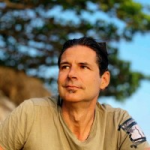Journey Beyond the Building: Unveiling the Essence of Education
“Get outside the building,” professes Steve Blank, a world-renowned entrepreneur. The building is not limited to offices but includes schools.
This is cause to stop.
As I reflect, “What am I doing to get students outside the building?”
I hope you too will ask yourself this very vital question. It is as important to our brick and mortar schools, as it is to online education.
Field Trips: Immersive Learning to Gain a Sense of Place
At Global Online Academy I teach Introduction to Branding & Marketing and Entrepreneurship in a Global Context. The two dovetail nicely into my brick-and-mortar school where I facilitate learning for students in a Senior capstone experience. Though the three seem to lend themselves to “getting outside,” an argument can be made that any course ultimately should have students not only understanding real-world applications but hopefully being provided with opportunities to transfer learning.
Entering a year-long capstone experience, in a class of nearly 100 students, results in a wide range of starting points. A handful of 17 and 18-year-olds may feel like they already completed the capstone during the summer. How this could be accomplished prior to the course does not seem to fit in my more developed prefrontal cortex. Other students may not have not the faintest idea of what they wish to dedicate the year to learning. This scattering along a continuum is exciting. Further, learning at Hawaii Preparatory Academy is truly a “a place to learn like nowhere else.”
There is great credence in an honest attempt at ideation. A phase where hopefully an “anything is possible” mindset is adopted. Along with this, we want students to explore what might interest them most. To do so, we “get outside” the building. In one of the first classes this year we accepted a half-day invitation to a special place called, Ulu Mau Puanui. The mission of the non-profit organization “is to engage in hands-on, land-based learning and culturally-centered science with learners, educators, families, and community in order to revitalize and better understand the Kohala Field System.” Right away, the intent was to have students learn by doing and hopefully allow for a budding sense of a student’s individual and collective responsibility for community, connectedness, and a desire to give back. The experience also hopefully might serve to inform capstone project ideas that embody a larger sense of kuleana (responsibility).
Learning from the Experts: Guest Speakers in Focus
One GOA core competency is to communicate and empathize with people who have perspectives and experiences different from your own. I am not certain how we might do this if students are not engaging in the world all around. Like any course at GOA, students regularly participate in Zoom calls where they are afforded windows into the worlds and experiences of classmates. In both courses I teach, students are asked in the first few weeks to more closely examine the “world” right around them. One way to do this is to take “conscious” walks around their schools, neighborhoods, shopping malls, and everywhere else students frequent. To closely observe. They are also asked to engage with the people around them. Then, to determine what questions to ask, set up interviews, and engage more fully with people in their community. This leads to greater insight and connection.
Recognizing it might not always be easy to get students outside the building, another option is to invite others into the building. This year on the first full day of class, before even fully introducing myself, a successful entrepreneur visited. Darrell Cavens is co-founder and former CEO of the e-commerce company Zulily. Cavens shared how his path was very winding. Within minutes, it became clear how this “road less traveled by” made all the difference. In the world of entrepreneurship, a key lesson from Cavens' business success shined through: humility is essential for achieving greatness. Conversing with this remarkable figure felt like following a tune of humility rather than ego. He emphasized the importance of staying open-minded and students were encouraged to “Say yes'". To believe in themselves and akin to Ulu Mau Puanui, to rest in the assurance that they are part of a larger team. Cavens shared how discipline and hard work are cornerstones of success. Before departing, a notion of getting outside the building was touched. “Pay close attention to the customer. There is always a way to make things better for the customer.” In effect, for a business owner, the customer should be the compass and the North Star. They ultimately are who steer the ship and guide it home.
The Art of Self-Exploration: A Moment of Pause
One of the initial capstone classes was visited by a guest in the UK. While students in Hawaii were brushing the sleep from their eyes, our guest on Zoom was ready for bed. Similar to GOA we were unbounded by time and space. The session centered on Ikigai, Japanese for “reason for being.” The presenter shared a sort of Ikigai 2.0 version.
Following the shattering of initial barriers and the establishment of familiarity, students were guided through an activity where they were asked to write down their responses to the following five questions:
What are you good at?
What do you like doing?
What does the world need?
How can you be rewarded?
How can you be recognized, respected, and remembered?
In this exploration of the self, students were encouraged to begin to envision the expansive paths (plural) ahead of them. One where the time frames of growth of information, knowledge, skill, experience, and wisdom will be absorbed as life extends. An overview of the Fibonacci Sequence, a term only a few students had heard about in math class, was presented. The conversation centered around nature, growth patterns (1-2-3-5-8, etc.) and how their paths in life would similarly unfold. In a world seemingly bent on hurry and achievement, the objective of the lesson was to pause; to discover and comprehend one's being. This is deep stuff for a 17-year-old, but also exciting to consider how their paths were only just beginning. The activity was critical to this initial ideation phase because the hope is for students to wholeheartedly dedicate themselves to a project of their choosing. It didn’t dawn on me until afterward that this all was in effect so very different than “getting outside.” It was about “going inside.” Inside the self!
The very same day, students were led through Ikigai 3.0. I participated in a Getting Smart Town Hall meeting. The topic was Generative AI: How to Prepare for Our First Full AI-Powered School Year. At one point teacher Steven Eno shared about a project he developed called, Project Leo. This project hopefully is not regarded as a panacea but rather simply as another tool, one which I foresee to be useful for a student who might be coming up with “blanks”. It also might be better utilized as a follow-up, not a replacement, to an Ikigai 3.0-like personal approach. Powered by OpenAI, the company behind ChatGPT, Project Leo’s website says it “is an innovative educational tool designed to inspire both teachers and students. With Project Leo, teachers can easily incorporate differentiation into their classes, helping students find their unique paths to success…Project Leo gives students the freedom to pursue their passions and explore their interests. By engaging students and empowering them to take control of their learning, Project Leo helps to give schools a purpose and prepares them for their future careers.” Who could argue with this? I played with it for a while, and though it appears in beta mode, it still looks to be a very useful tool, one that may be worth checking out.
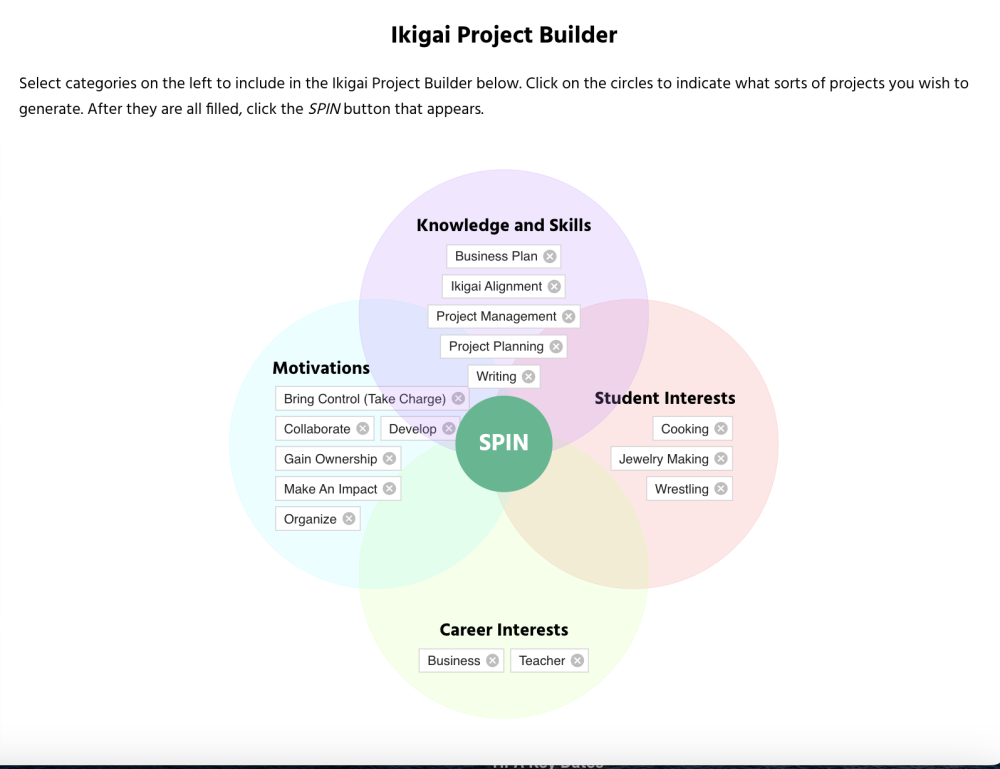
Figure 1: Here 4 categories were selected and skills or other outcomes input in the Ikigai project builder configuration
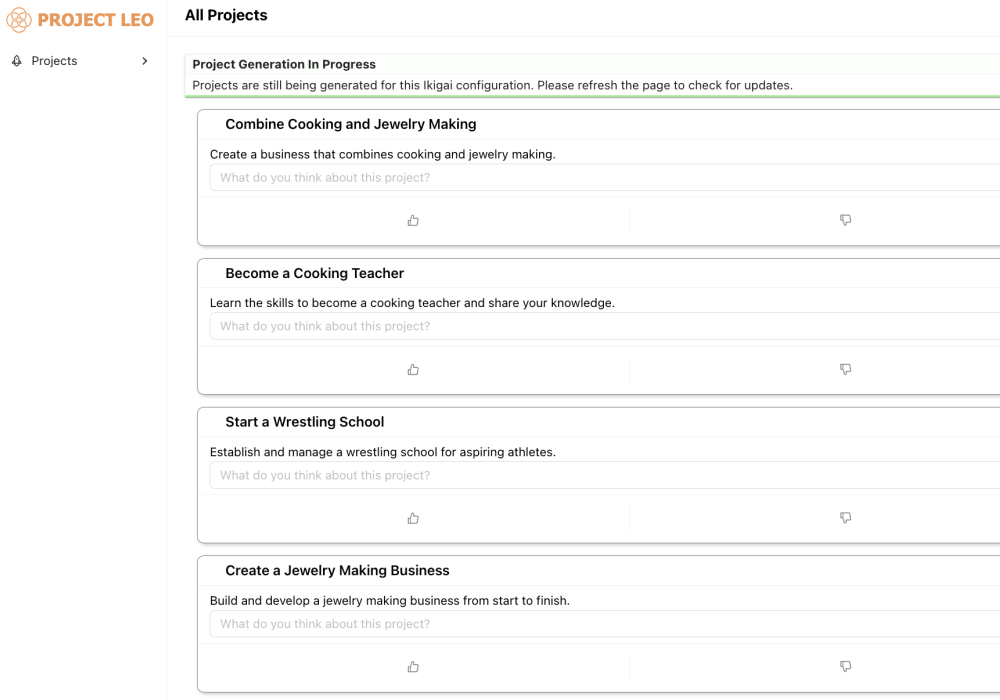
Figure 2: 15 possibilities generated in less than a second after clicking “Spin”
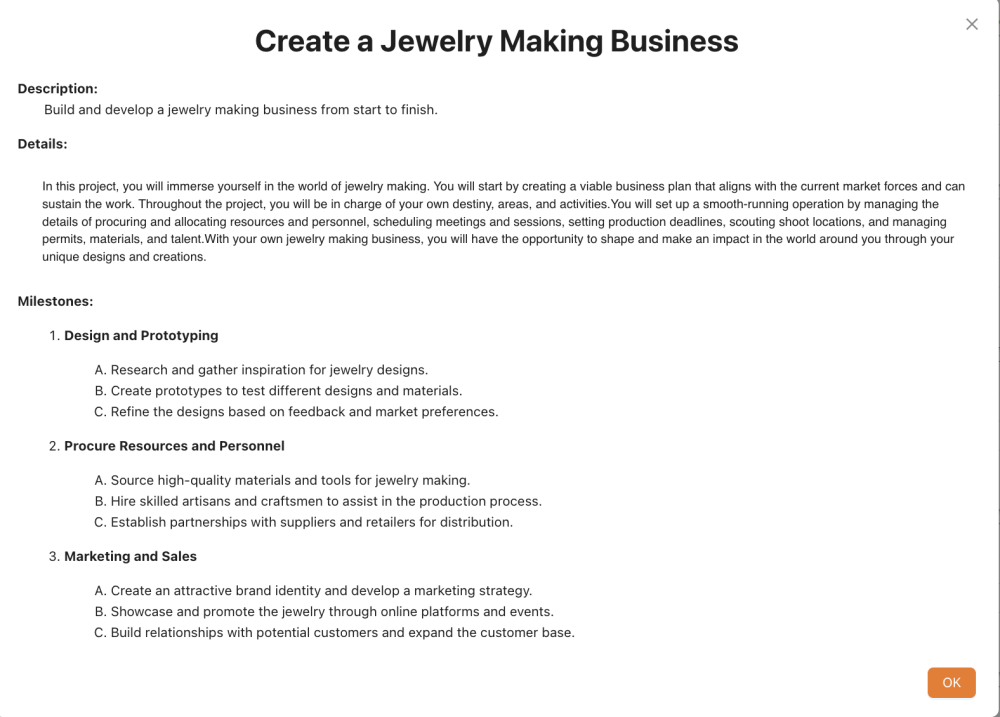
Figure 3: “Create a Jewelry Making Business” was selected and ideas for a detailed plan were suggested
The Bold Embrace: Navigating the World Beyond
The guest visit, Ikigai Zoom, and experiential community-based activity are just the tip of the iceberg. The projects students determine will be rooted in agency, interest and inquiry. What is beneath the iceberg’s surface is left to be discovered and we have 7 exciting months for this. Research underscores that inquiry-based learning and personalization are two positive paths forward for learning. Both contribute to improved learning outcomes by promoting active engagement, and critical thinking, and accommodating diverse learning styles. They also better prepare students for success in an increasingly complex and dynamic world. A world of increasing artificial intelligence and yet, ChatGPT-proofing is certainly not an option. “Getting outside” however hopefully is!
Strategies for Teachers: Fostering Meaningful Learning Experiences
Use Real-Life Examples: Use everyday situations to explain what you're teaching.
Bring in Guests and Take Trips: Bring in experts or go on field trips related to the subject.
Hands-On Projects: Assign projects that foster application and transference of learning
Discuss Current News: Talk about how class topics relate to current events.
- Student Choice: Encourage students to pick what they want to learn about within the class's subject.
Matthew Piercy teaches Entrepreneurship in a Global Context and Introduction to Branding and Marketing for GOA, as well as being facilitator for a Senior Capstone course at Hawai'i Preparatory Academy.
For more, see:
- Using a See, Think, Me, We Framework to Facilitate Making Connections
- Stories, Strategies, Student Products: Designing for Authentic Assessment
- Charting Your Path: Students Leverage Learning Pathways to Prepare for A Globally Networked Future
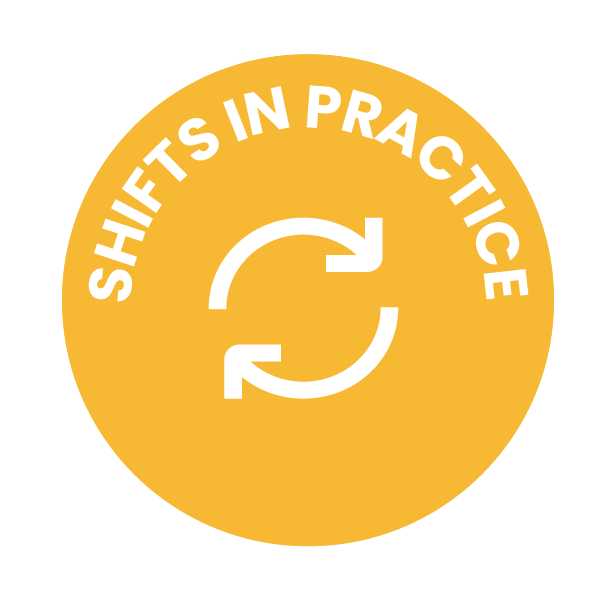
This post is part of our Shifts in Practice series, which features educator voices from GOA’s network and seeks to share practical strategies that create shifts in educator practice. Are you an educator interested in submitting an article for potential publication on our Insights blog? If so, please read Contribute Your Voice to Share Shifts in Practice and follow the directions. We look forward to featuring your voice, insights, and ideas.
GOA serves students, teachers, and leaders and is comprised of member schools from around the world, including independent, international, charter, and public schools. Learn more about Becoming a Member. Our professional learning opportunities are open to any educator or school team. Follow us on LinkedIn and Twitter. To stay up to date on GOA learning opportunities, sign up for our newsletter.
